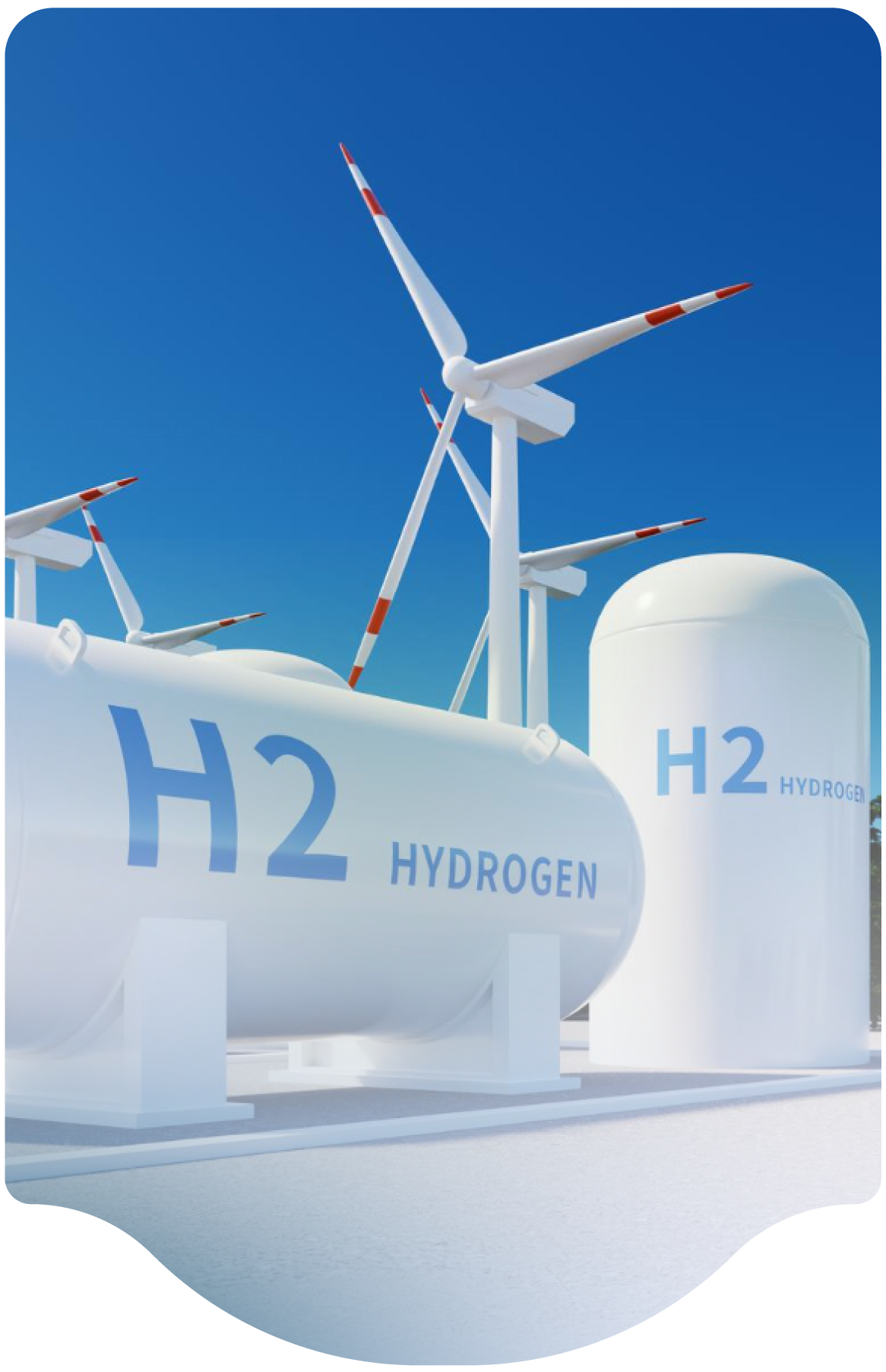- Home
-
Resources
- Center for Hydrogen Safety
- Hydrogen Fuel Cell Codes and Standards
- Learnings & Guidance
- Paper & References
- Web-based Toolkits
- Workforce Development

- Contact
- About H2Tools
- Welcome to the Hydrogen Tools Portal
- helpdesk@h2tools.org
FAQ
Frequently Asked Questions
Question & Answer
Category
Detectors, Site Planning
- 23 results found
- Clear All
Documents such as NFPA 2, Hydrogen Technologies Code, and the International Fire Code have quantity thresholds that differentiate requirements for the design of systems and enclosures. However, even the smaller quantities present a hazard under specific conditions, especially for systems that have the potential to release hydrogen into a confined or unvented space. Good engineering judgement…
Category: Site Planning
Keywords: Safeguards, NFPA 2, Indoors
Speed of detection, detection limit, location, and cross-sensitivity are some of many criteria that might be used for selecting a detector. A common setpoint for gaseous hydrogen detection is 25% of LFL, or 1% concentration in air. However, the detection limit also depends on the system and exposure. When specific hazards are likely, detectors may have detection limits in the low-ppm range.…
Category: Detectors
Keywords: Leak Detection, Set Point
Leak detection system requirements depend on the system design and applicable codes. The
appropriateness of detection equipment depend on many factors, including the type of system,
application, location, and probability of leaks. For example, hydrogen refueling stations are required by
code to be equipped with leak detection systems.
Category: Detectors
Keywords: Leak Detection, Fueling Station
While hydrogen gas detectors are less effective outdoors, they can be an important safeguard as part of an overall hydrogen system design. They have been used in many cases to automatically shut down equipment and isolate hydrogen supply. Location and type of detectors depend on the system design and siting, but when installed, should be in areas that are most likely to be exposed to hydrogen…
Category: Detectors
Keywords: Detection, Outdoors, Gas detector, Dispersion Analysis
Training personnel and equipping them with portable gas detectors to properly identify the gas that is
leaking can play an important role in both troubleshooting and emergency response.
Category: Detectors
Keywords: Detection, Portable, Leak, Emergency Response
How frequently do gas detectors need to be calibrated, and can we perform the calibration
ourselves?
The manufacturer’s calibration requirements should be followed to ensure proper operation of the
detection system. The requirements will vary depending on the type of detector and the environment in
which they are installed. Calibration can usually be performed by the user/owner if properly trained and
supplied with calibration gas, etc.
Category: Detectors
Keywords: Gas detector, Calibration, User Training
Dispersion and radiation analysis should be conducted to ensure that the hydrogen cloud will not interfere with the flight path of aircraft. In addition, there may be maximum height requirements due to airport requirements depending on the location of the stack.
Category: Site Planning
Keywords: Vent Stack, Airfield, Dispersion Analysis
Guidance for location of vent stacks is provided by NFPA 2, Hydrogen Technologies Code, which also references CGA G5.5, Hydrogen Vent Systems, for additional guidance. Minimum distances to vent stack outlets should be determined from dispersion and radiation analyses. The height of the vent stack and orientation of the release will affect the minimum separation distance.
Category: Site Planning
Keywords: Vent Stack, Separation Distance, Dispersion, NFPA 2
NFPA 2 provides Tables in Chapters 7 and 8 that specify the hazardous area classifications surrounding vent stack outlets. These are based on typical vent systems and flows, but are only applicable for smaller systems. The designer of a vent system should apply the principles of documents such as IEC 60079-10-1 (also required by NFPA 2) or NFPA 497 to evaluate larger vent releases where the…
Category: Site Planning
Keywords: NFPA 2, Hazards, Classification
The Panel is not aware of any standard for hydrogen detectors for onboard vehicle applications. Some information is available in the SAE Technical Information Report: TIR J3089 Characterization of On-Board Vehicular Hydrogen Sensors, which was published in 2018.
Category: Detectors
We are professional and reliable provider since we offer customers the most powerful and beautiful themes. Besides, we always catch the latest technology and adapt to follow world’s new trends to deliver the best themes to the market.
Contact info
We are the leaders in the building industries and factories. We're word wide. We never give up on the challenges.
- 2 Queen Street,California, USA
- (+84) 04 123 456
- :Helpdesk@h2tools.org
